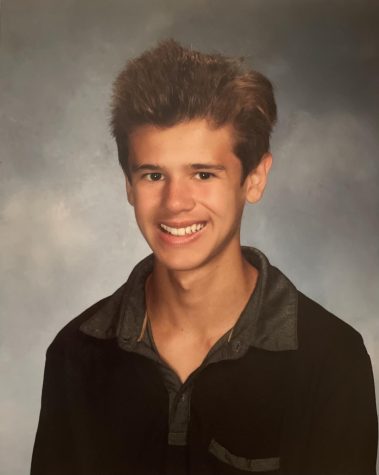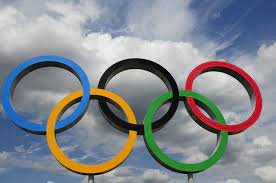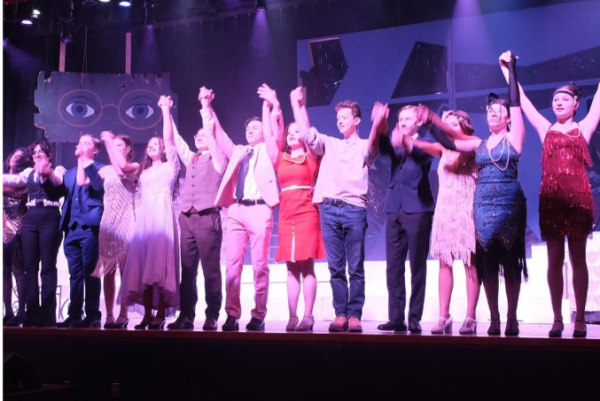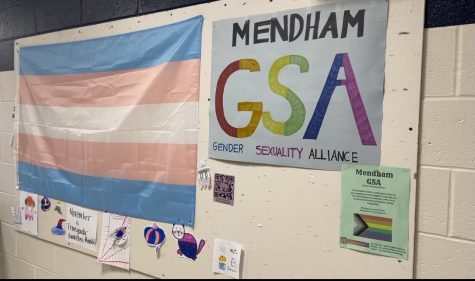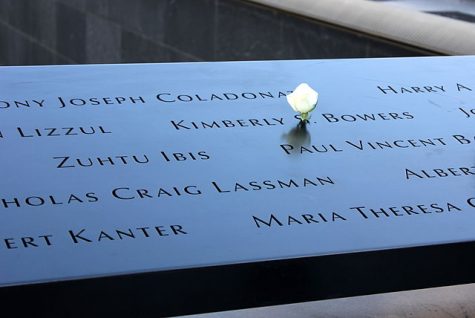Solar Storms Lead to Rare Northern Light Shows
Night skies during the week of Halloween were graced with brilliant lights in a rare viewing opportunity for U.S. residents.
November 22, 2021
The sun recently experienced a paroxysm of solar activity with three major solar storms occurring in a span of a week, and the sun’s ejection of plasma gas was carried to Earth on the solar wind to disrupt the magnetosphere and lead to dramatic auroras in skies across the globe. This consecutive outburst of magnetic energy begs the question of whether the pattern will continue and give Earth additional light spectacles which, if strong enough like these recent storms, could offer skywatchers at more southerly latitudes another rare viewing opportunity.
A geomagnetic storm watch from the U.S. Space Weather Prediction Center reported that at 11:35 a.m. EDT on October 28th a solar flare was unleashed from the sun in the form of powerful radiation which, although unable to physically impact humans on the ground, caused a strong radio blackout across South America. This was followed by a subsequent coronal mass ejection consisting of solar plasma on track to arrive on Earth over the weekend and bombard the upper atmosphere with charged particles, lighting up polar regions of the sky with colorful auroras. This Halloween incidence was classified as a G3 geomagnetic storm potentially strong enough to provide light spectacles in latitudes normally too south to witness the Northern Lights, and of significance was the northern tier of the United States which had a rare chance to view the spectacle specifically in Washington state, New England, the Upper Midwest, and possibly other parts of the Northeast and West depending on light pollution.
The occurrence of this rare aurora show on Halloween is an eerie coincidence, but it is not the first time. Known as the “Halloween Storms of 2003”, seventeen solar flares erupted on the sun’s surface during this period which is normally inactive and the billions of tons of electrified particles from coronal mass ejections were sent into space with Earth in the pathway. In the weeks before and after Halloween, torrents of charged particles slammed into the Earth and even led to disruptions in human society, including aircraft, satellite systems, and power which went out in Sweden for an hour. More memorable, nonetheless, were the brilliant colors of the auroras that resulted from these unusually strong solar storms, and the Northern Lights became visible as far south as Texas and Florida in a rare viewing opportunity similar to what occurred this past Halloween.
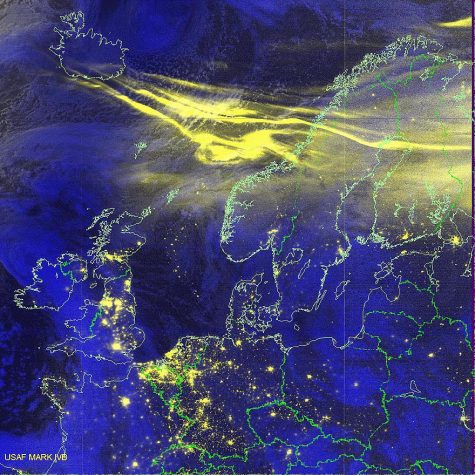
Our recent Halloween auroras were not nearly as impressive as in 2003 and underperformed expectations that lights would be noticeably visible in somewhat southern latitudes, and ultimately the Northern Lights were mostly visible in far northern areas such as Iceland and Canada. Some areas in the northern tier of the United States, such as Fargo in North Dakota, witnessed a slight whisper of color on the horizon, but no remarkable sightings occurred and this limited viewing was not experienced in many places farther south like Pennsylvania and Iowa as anticipated. Yet spectacular colors were still seen in northern latitudes where the commonly found auroras were intensified by the power of the solar storm, and this exceptional vibrance led photographers outside to capture images of the auroras in their moment of silent glory. Iceland photographers took to social media with breathtaking captures of the vivid green auroras hanging above their towns, and the lights were surprisingly strong in the U.K. where Northumberland astronomer Daniel Monk successfully photographed the red and green blaze over a medieval castle.
Halloween was not the end of the Northern Lights with two additional coronal mass ejections emitted from the sun due to consecutive solar flares on November 2st and 2nd from the same sunspot that produced the original storm, and while these were less intensified and were branded only as M-class flares, and a geomagnetic storm led to more light shows Wednesday into Thursday. The Northern Lights were visible in the far north of the United States, even in parts of New England where New Hampshire photographer Rob Wright captured an early morning time lapse video of the aurora from 3:38 a.m. to 4:31 a.m. EDT in Rollinsford where green and pink lights danced above the horizon. A twitter user in the forest of Minnesota photographed the Northern Lights peeking through the branches in the trees, seemingly more visible than the previous light show on Halloween.
The repetition of solar flares from the same sunspot invites the possibility that more light shows await skywatchers and photographers soon, and that viewers in these relatively southern latitudes may have another and perhaps more remarkable chance to see the rarely spotted aurora.

